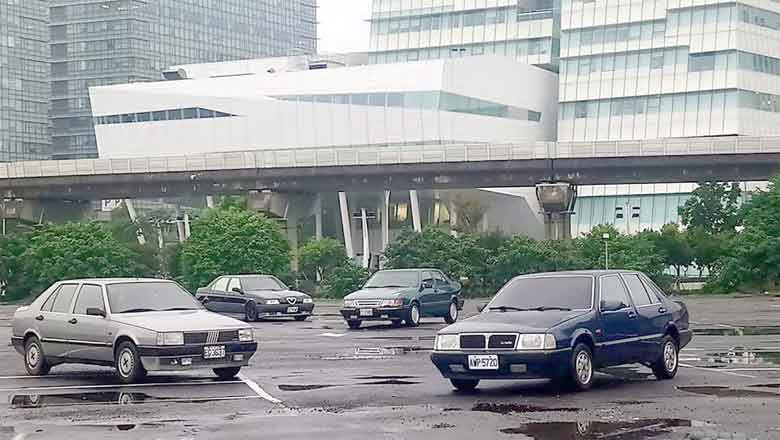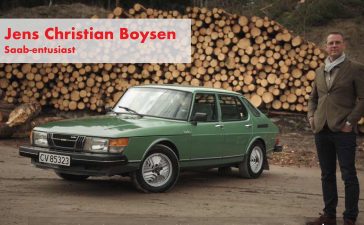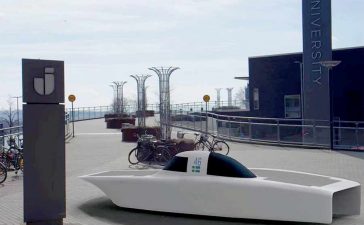Back to October 1978, a project Type Four platform ready to launch. What is favorite car in your mind? If you say the Saab godfather is Björn Envall designer, and legend italian designer is Giorgetto Giugiaro.
We would like to say, Saab 9000 is most successful car in Type Four platform. This car was not the most successful on this platform, but at that time it was the cleanest. Under the hood, the Saab 9000 series featured a number of sophisticated engines.

Emissions control, becoming increasingly important in the 1990s, was just as impressive. An experiment, conducted in London traffic in 1992 by the UK government’s Warren Spring research establishment, showed that the tailpipe emissions from a standard Saab 9000 CS 2.3t were actually cleaner than the air the engine was breathing. From its opening in 1959 to its closure in 1994 Warren Spring Laboratory was an industrial and environmental research establishment of the UK government. And, additilany, air conditioning system in 9000 series from 1991 was CFC-free.
The experiment is recorded on the video bar so you can see it below:
Since 1992, the Saab in the 9000 model incorporates a new 32-bit Saab Trionic engine management system. Trionic is an engine management system developed by Saab Automobile, consisting of an engine control unit (ECU) that controls 3 engine aspects: Ignition timing, Fuel injectionand Acts as a boost controller.
After that, 1996 Saab engineers have developed a bag that stores the initial fumes produced on start-up. Because the catalytic converter takes time to heat up to operating temperature, these initial fumes are the most toxic. The Saab bag system stores the gasses and recirculates them after the catalytic converter is at operating temperature. The system is claimed to comfortably exceed the new Ultra Low Emission Vehicle (ULEV) standards.











